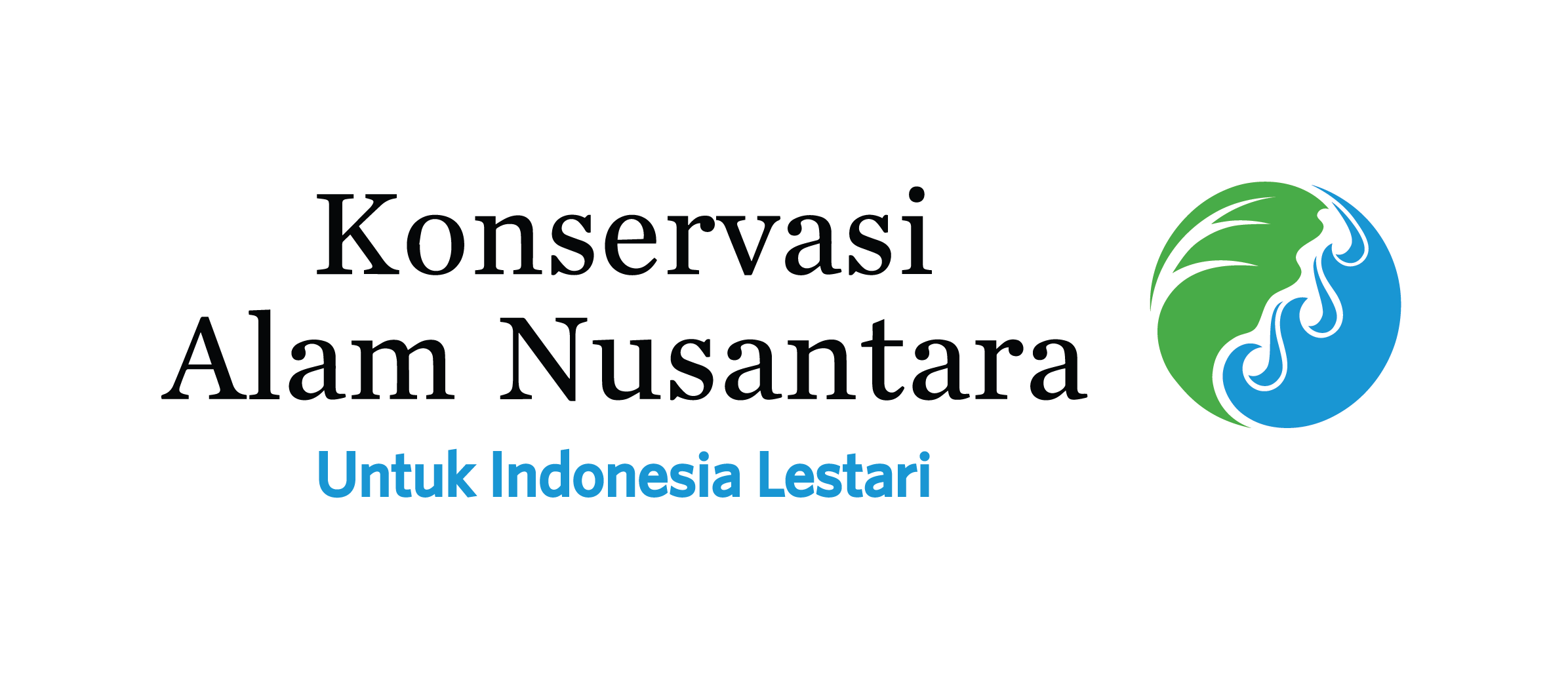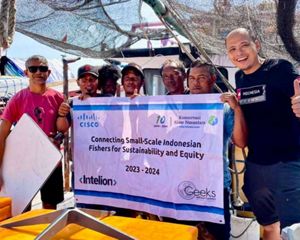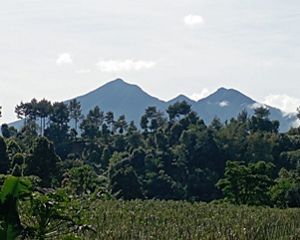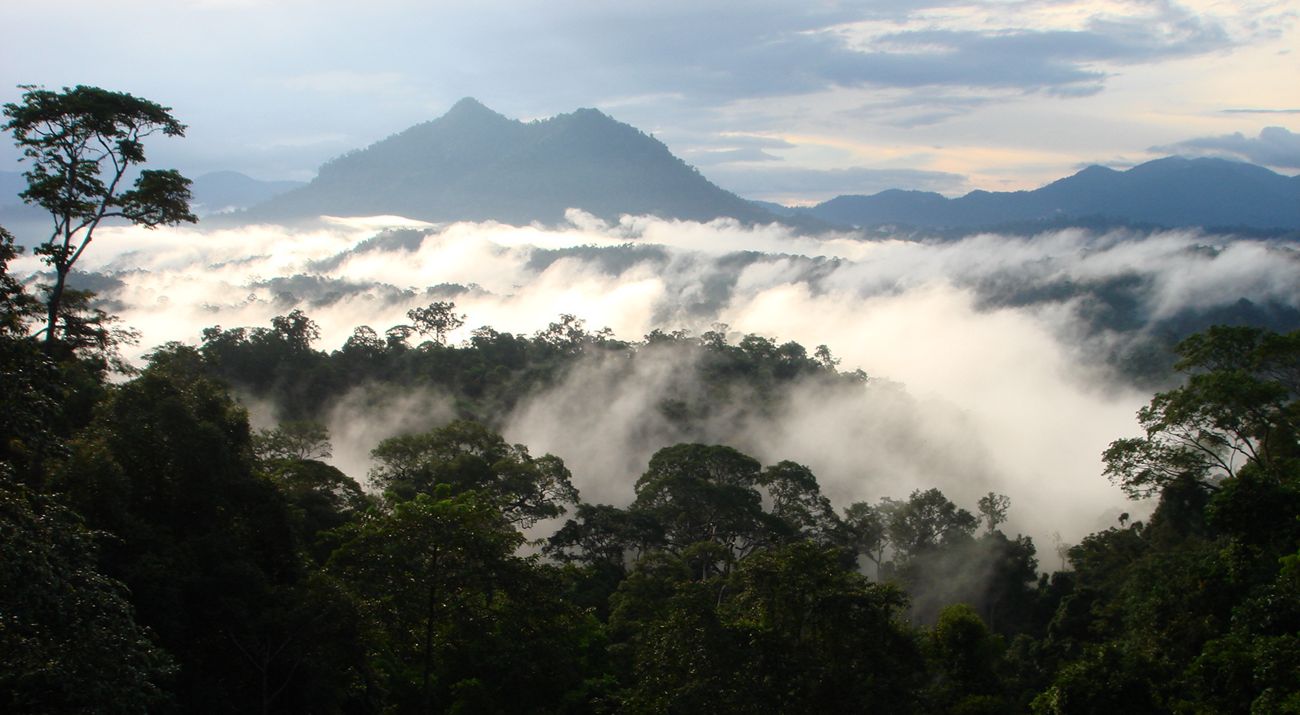
Every year on April 22nd, we celebrate Earth Day. This year marks the 55th anniversary of the first call to take care of our planet. Under the energy theme "Our Power, Our Earth," the main focus of this year's Earth Day is the energy transition from fossil fuels to renewable energy.
Read: Researching Raja Ampat's Coral Resilience Amidst Climate Crisis
Of course, the 2025 theme isn't just about clean energy. It also raises other important issues, such as ensuring full public participation and addressing gender disparities, particularly in women's participation. Furthermore, it encourages policies that prioritize the preservation of our planet as a habitable home for all. This issue is relevant to the policies in Indonesia, which include aspects of energy security as one of the development goals for the next five years under the new government. One of the new government policies is the establishment of a Task Force for the Acceleration of Downstream and National Energy Security by Presidential Decree No. 1 of 2025.
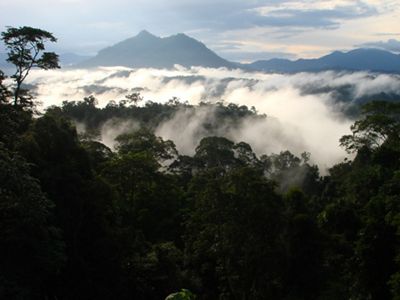
The public needs to be further involved in supporting energy security by prioritizing the potential of new and renewable energy (EBT), which has significant potential. The government's EBT mix target is 23 percent, up from 14 percent in 2024.
A report prepared by IRENA summarizing the potential of the Indonesia Energy Transition Outlook states that the potential for renewable electrical energy is 3000 GW from solar energy, then 60.6 GW of wind energy. There is 75 GW of hydropower, 32.6 GW of biomass, and 28.5 GW of geothermal potential.
The key topic, renewable energy, is an integral component of the broader discourse on green development. The Indonesian government has prioritized promoting green development in its National Medium-Term Development Plan (RPJMN) for 2025–2029. This policy prioritizes the transition to clean energy, the establishment of ecosystems for electric vehicles, environmental management, biodiversity, and other pertinent policies.
The Global Green Growth Institute (GGGI) defines green development as a set of policies, regulations, and practices that aiming minimize environmental impacts and promote sustainable development. Its primary objectives are to reduce pollution, conserve natural resources, and promote the utilization of renewable energy sources.
In 2025, the first year when the national and regional governments will be led by regional leaders elected in the 2024 elections, a significant transition period will commence. This period will mark the translation of green development policies from the national to the district and city levels. Both provinces and districts are preparing the RPJMD as a guide for development in the next five years.
One of the primary challenges is integrating the green development policy into the next five-year development plan through measurable and targeted policies and budgeting.
At this juncture, the central government must establish guidelines for implementing national policies aligned with the green economy. Transform these policies into regional programs that economically benefit the region, actively engage the community, and minimize adverse environmental impacts.
In consideration of the context of Earth Day 2025, a primary challenge in achieving green development targets is the absence of qualified regulations to support said targets. A further challenge is the absence of incentives for green development activities, including EBT utilization activities.
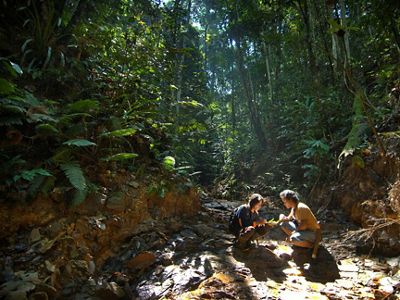
From a financial perspective, the energy transition necessitates substantial initial investment. The realization of the vision and mission of green development necessitates long-term investment.
The financial aspect necessitates the implementation of policies, such as grounding the concept of payment for environmental services, imposing carbon taxes, promoting offset policies, and providing incentives for for-profit entities to develop renewable energy.
Some argue that the annual celebration of Earth Day, observed on April 22nd, shouldn’t be the sole focus of environmental awareness. They contend that environmental awareness should permeate our daily lives, as our actions today directly impact the state of the Earth, which serves as the foundation for all life on Earth.
